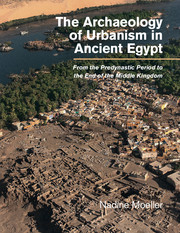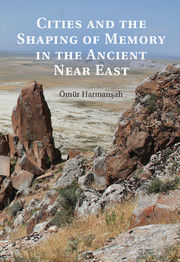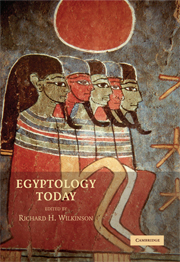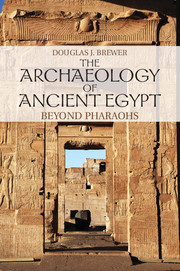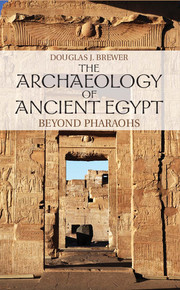The Archaeology of Urbanism in Ancient Egypt
In this book, Nadine Moeller challenges prevailing views on Egypt's non-urban past and argues for Egypt as an early urban society. She traces the emergence of urban features during the Predynastic period up to the disintegration of the powerful Middle Kingdom state (c.3500–1650 BC). This book offers a synthesis of the archaeological data that sheds light on the different facets of urbanism in ancient Egypt. Drawing on evidence from recent excavations as well as a vast body of archaeological data, this book explores the changing settlement patterns by contrasting periods of strong political control against those of decentralization. It also discusses households and the layout of domestic architecture, which are key elements for understanding how society functioned and evolved over time. Moeller reveals what settlement patterns can tell us about the formation of complex society and the role of the state in urban development in ancient Egypt.
- Includes a considerable number of new and reinterpreted site plans and maps, which illustrate the available archaeological evidence in a groundbreaking way
- Takes the latest archaeological data into account, some of which has not been published or discussed elsewhere
- The author addresses this topic for the first time within an analytical framework, and assembles a wide range of evidence in English
- Discussions focus on new interpretations of the available evidence, which will stimulate new debate in the scholarly community
Reviews & endorsements
'[A] must-have study of the urban character of Egypt … Incorporating many of Egypt's most recent discoveries and research, this is an essential work on urbanization in early complex societies.' Kimberly Watt, World Archaeology Magazine
Product details
July 2016Hardback
9781107079755
450 pages
291 × 219 × 25 mm
1.46kg
188 b/w illus. 6 maps 3 tables
Available
Table of Contents
- 1. Ancient urbanism and the case of Egypt
- 2. Current and past studies of Egyptian settlements
- 3. The environmental setting
- 4. The origins of urban society
- 5. The settlements of the Old Kingdom
- 6. The layout of Old Kingdom houses
- 7. The development of towns during the end of the Old Kingdom and the First Intermediate Period (c.2200–2100 BC)
- 8. The Middle Kingdom: town planning and internal colonization at its height
- 9. House layouts in the Middle Kingdom
- 10. Final conclusions.

